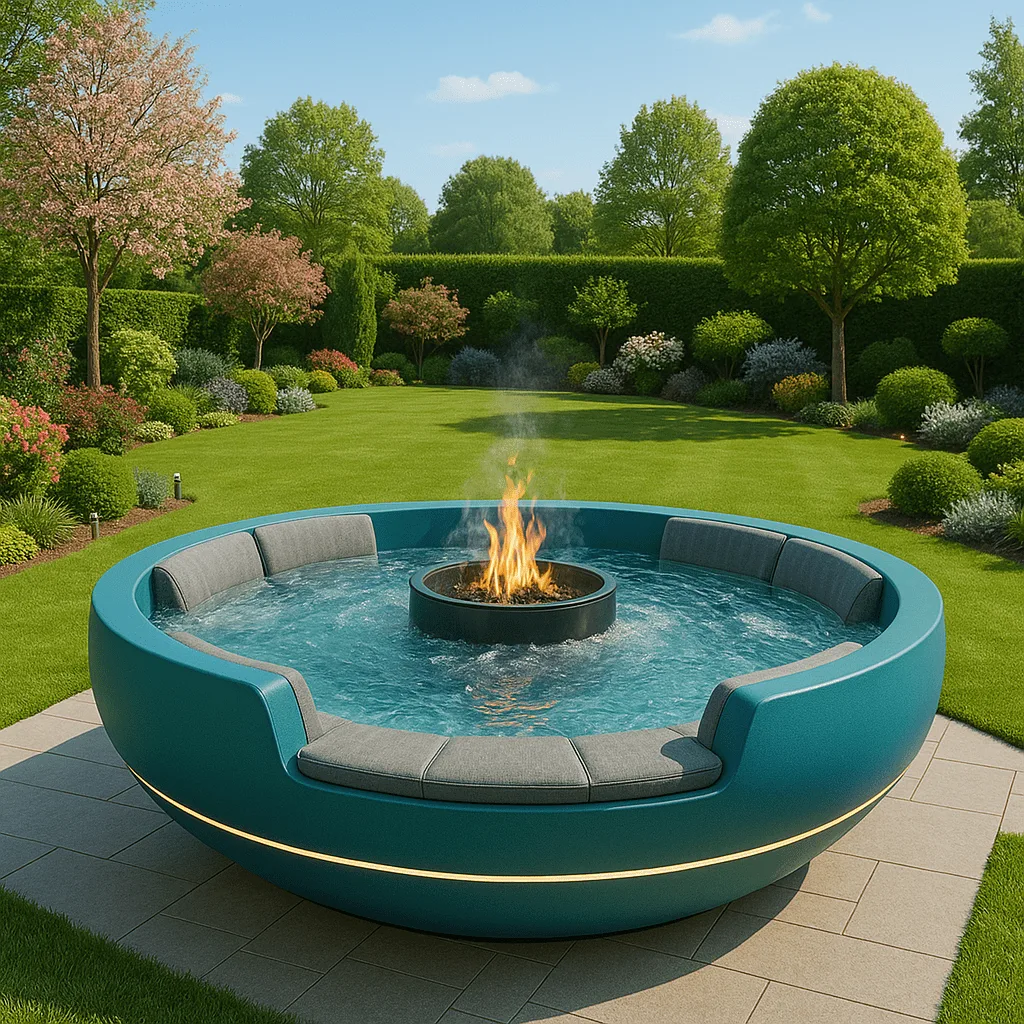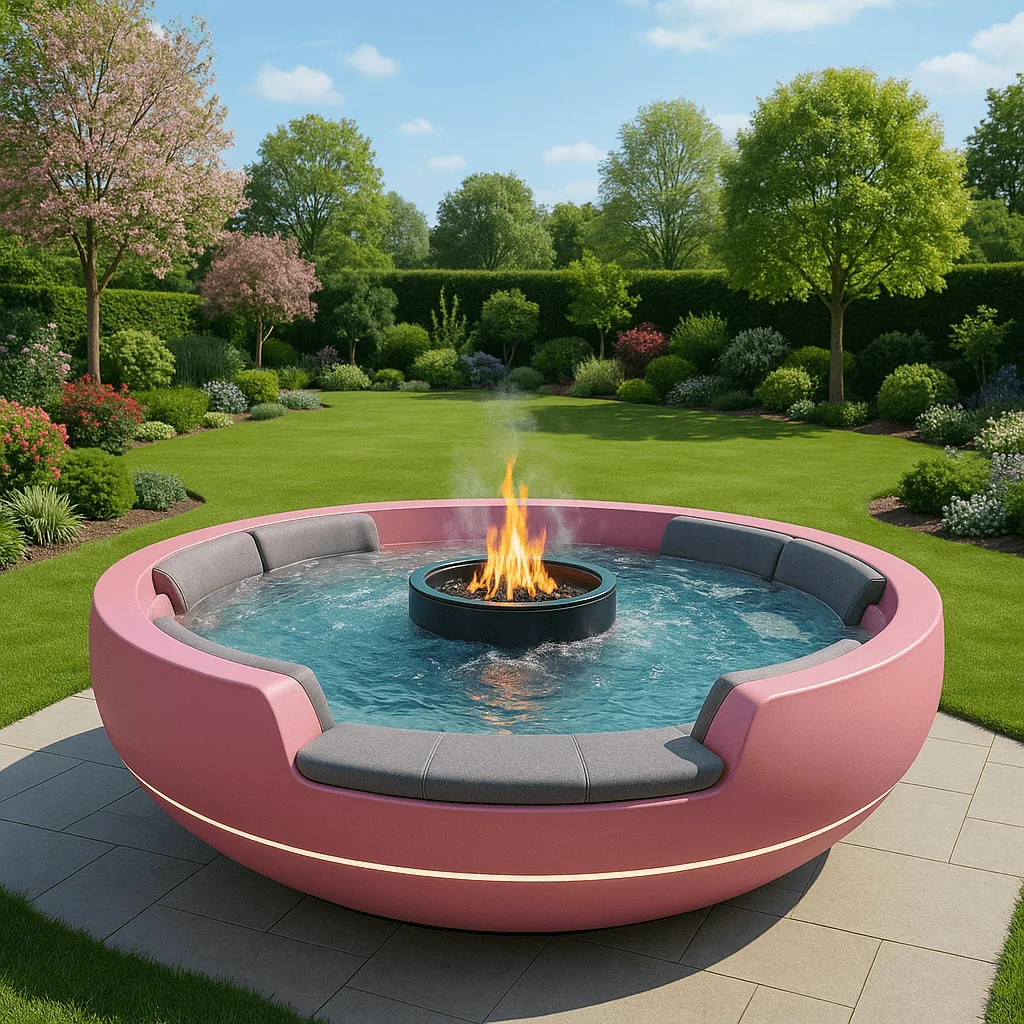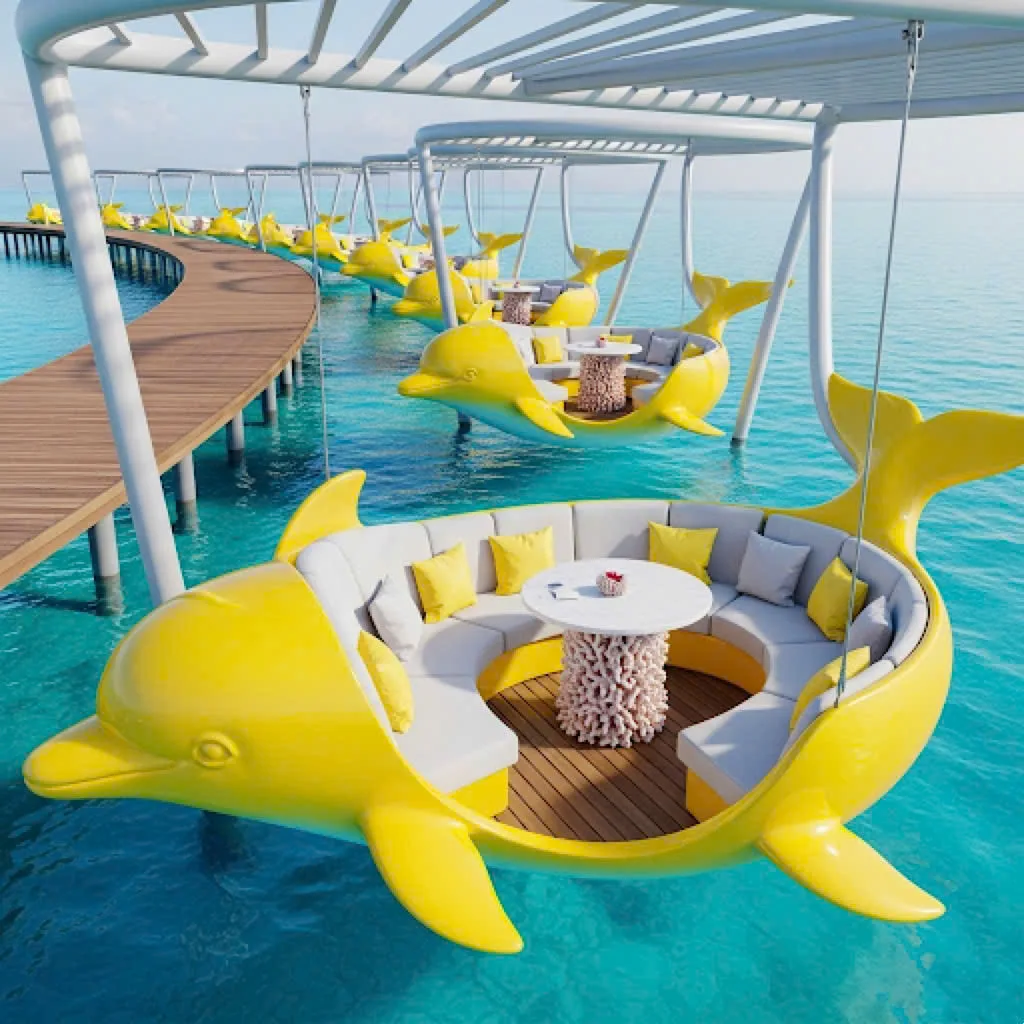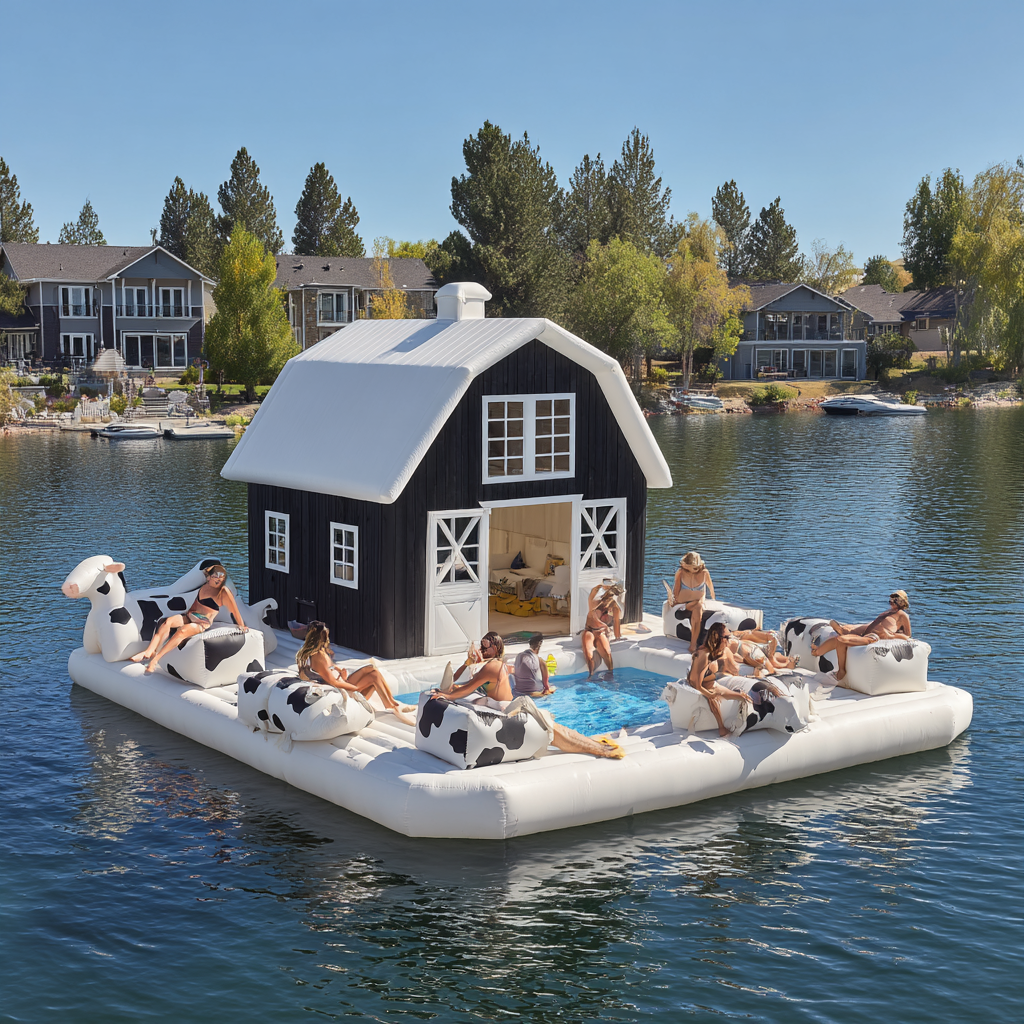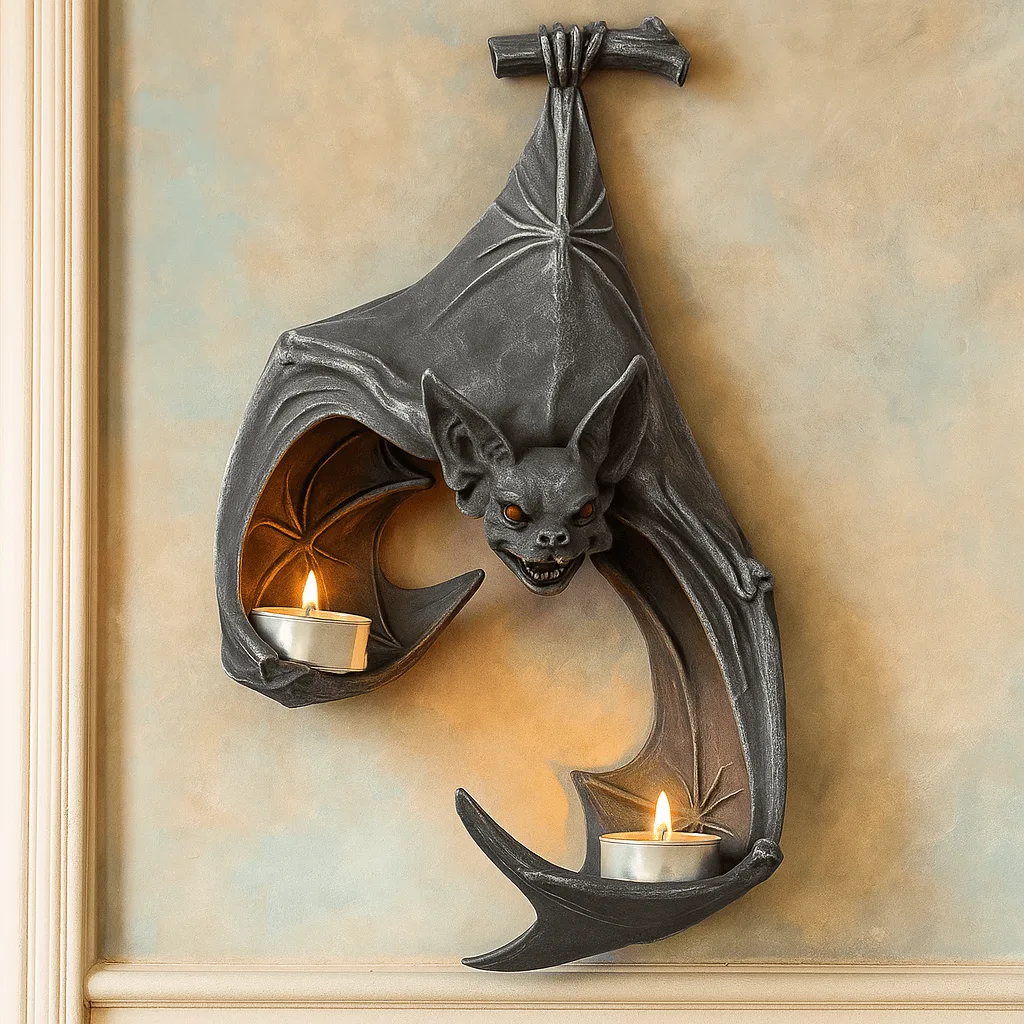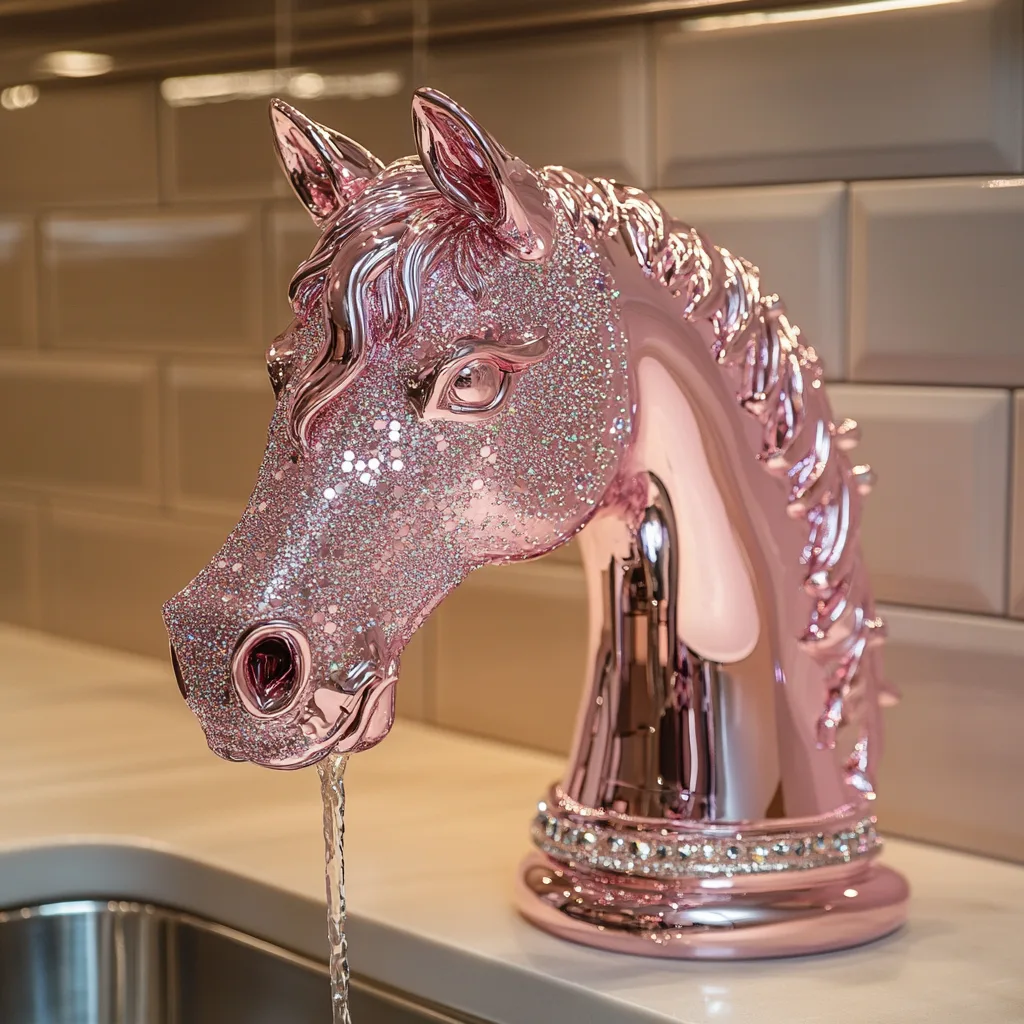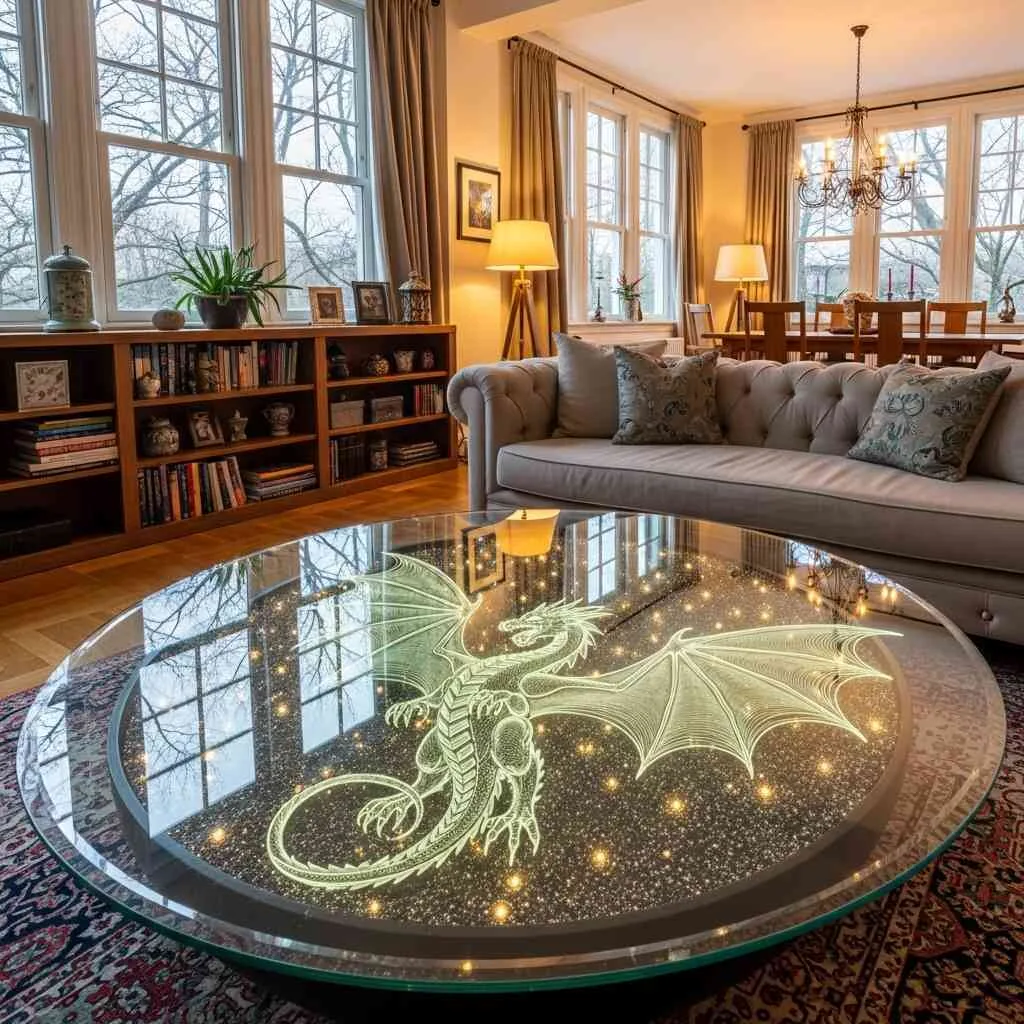Fire Pit Hot Tubs: Merging Warmth, Wilderness, and Wellness
In recent years, homeowners and outdoor enthusiasts have sought more immersive and multifunctional ways to relax in nature. One of the most enchanting results of this trend is the growing popularity of Fire Pit Hot Tubs—a luxurious yet primal fusion of natural warmth and aquatic tranquility. Unlike traditional hot tubs powered by electricity or gas heaters, fire pit hot tubs channel the raw power of fire, offering an organic, off-grid bathing experience that connects users to both elemental comfort and rustic charm.
These innovative tubs offer not just a method of relaxation but an aesthetic and sensory experience. With flickering flames heating the water and crackling logs infusing the air with the scent of burning wood, fire pit hot tubs create a setting that’s both grounding and glamorous. Whether installed in a forest clearing, beside a snowy cabin, or on a modern deck, these hot tubs promise serenity, sustainability, and spectacle.
This article dives into the world of fire pit hot tubs—exploring their origins, design variations, benefits, challenges, installation tips, and their rising appeal in eco-conscious and luxury outdoor living.

The Essence and Experience of Fire Pit Hot Tubs
The Origins and Philosophy Behind Fire Pit Hot Tubs
The concept of using fire to heat bathing water is far from new. For centuries, cultures across the world—from Japanese ofuros to Scandinavian wood-fired saunas—have utilized fire for cleansing and relaxation. The modern fire pit hot tub builds on these traditions while introducing an artful and stylish twist.
At its core, the fire pit hot tub is a celebration of simplicity: no complex plumbing or electronics, just water, fire, and craftsmanship. This makes it a favorite among people seeking sustainable luxury or wanting to disconnect from digital overload.
Designers have now elevated this ancient idea into striking centerpieces for modern outdoor living spaces—hot tubs that offer not only function but beauty and atmosphere.
Design Types and Heating Mechanisms
While all fire pit hot tubs rely on wood fire for heating, there are several design approaches that influence both function and aesthetics.
1. Internal Wood-Fired Stoves
This design includes a stove inside the hot tub itself, usually separated by a stainless steel enclosure to protect bathers. The fire is lit directly in the water compartment, and heat radiates into the water.
- Pros: Fast heating time, efficient thermal transfer.
- Cons: Slightly reduces interior space, requires careful ash management.
2. External Firebox with Heat Exchange Coils
A safer and more flexible option, this design uses an external stove connected to the tub via metal pipes. Water circulates passively between the tub and stove, heating as it moves.
- Pros: No fire exposure near bathers, better safety, more seating room.
- Cons: Longer heat-up time, requires gravity-fed or siphon system.
3. Submerged Fire Basket or Kettle
Some ultra-rustic designs involve placing a sealed kettle or basket of burning wood directly into the water. The metal conducts heat, warming the tub gradually.
- Pros: Extremely simple and primal.
- Cons: Takes longer to heat, less control over temperature.
4. Hybrid Designs
Some premium models combine traditional fire heat with modern materials like cedar, redwood, steel, or even concrete. Others feature integrated lighting, spa jets (powered off-grid), or temperature gauges for a more luxurious experience.
Materials and Aesthetic Options
Fire pit hot tubs range from rustic handmade wooden barrels to sleek, modern designs made from steel or concrete. Popular materials include:
- Western red cedar or larch: Natural, aromatic, and water-resistant woods.
- Stainless steel: Modern, hygienic, and highly durable.
- Concrete or stone composite: Great for custom installations and sculptural looks.
- Polymer-lined wood: Combines traditional visuals with modern leak-proofing.
Each material brings a distinct look and feel. Wood provides a natural, campfire-in-the-forest vibe. Metal and concrete offer more contemporary elegance. Many users customize their tubs with accessories like:
- Floating cup holders or snack trays
- Underwater LED lighting
- Matching benches or firewood storage
- Rustic or architectural shelters
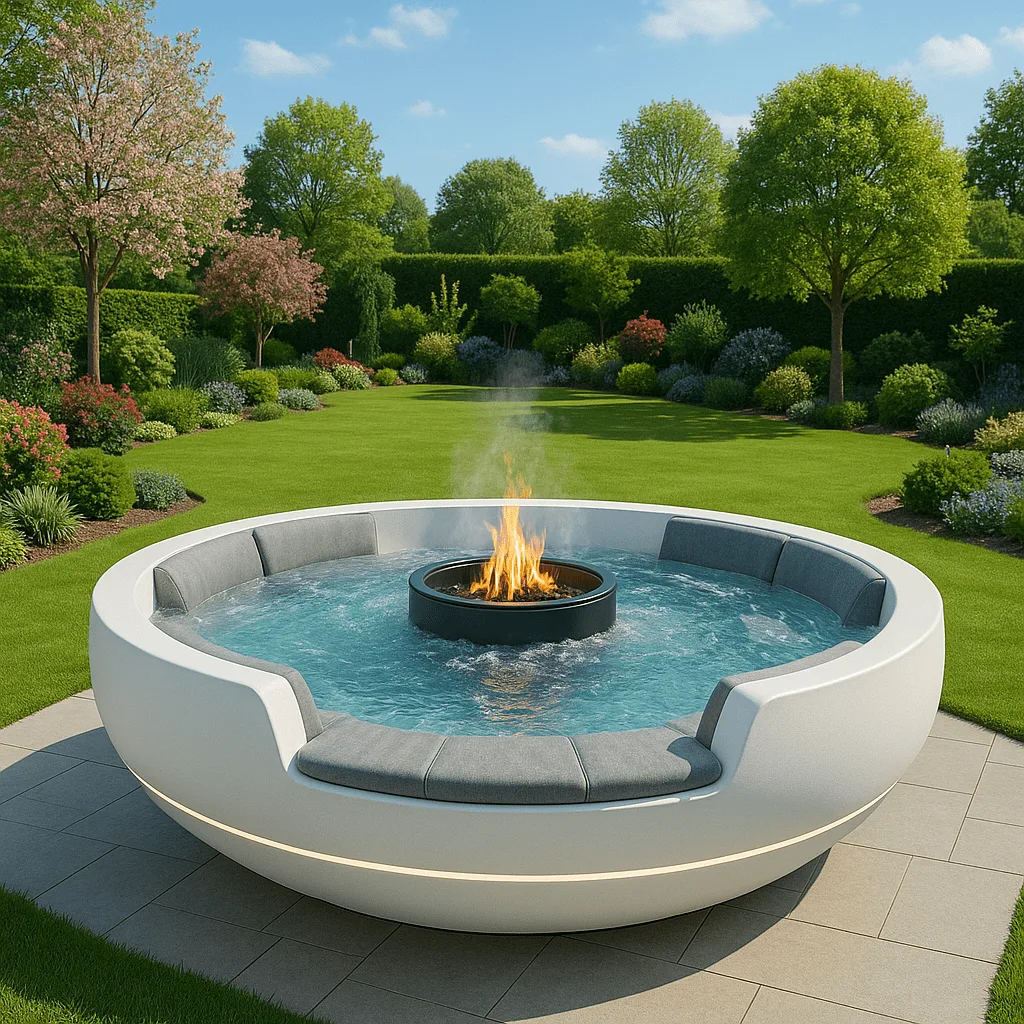
The beauty of fire pit hot tubs lies in how seamlessly they blend into their environment, from mountain lodges to minimalist patios.
Health and Lifestyle Benefits
Beyond the visual appeal and outdoor ambiance, fire pit hot tubs offer genuine physical and psychological wellness benefits:
- Muscle relaxation: The heat promotes circulation and eases muscle tension, ideal after hikes or physical work.
- Stress reduction: The combination of warm water and natural firelight calms the nervous system.
- Deep connection with nature: Bathing outdoors reconnects people with the elements, grounding the body and soothing the mind.
- Social interaction: These tubs become gathering spots for friends and family, encouraging conversation and bonding under the stars.
- Digital detox: The absence of technology enhances presence and mindfulness.
In cold climates, a fire pit hot tub provides the ultimate winter retreat—a warm cocoon amid snow-covered landscapes. In temperate weather, it serves as a romantic evening ritual or a post-work sanctuary.
Installation Considerations
Setting up a fire pit hot tub involves careful planning. Unlike plug-and-play electric spas, these tubs require thought around fire safety, water access, and material choice.
Key considerations include:
- Location: Choose a flat, stable surface. Gravel pads, concrete bases, or wooden decks work well. Ensure adequate space for fire safety clearance.
- Water source: You’ll need a hose connection or refill plan, especially in off-grid settings.
- Drainage: Plan how to empty the tub without flooding surrounding areas. Gravity drains are common.
- Wood storage: Keep dry wood nearby, but not too close to risk catching fire.
- Wind and weather: Windbreaks, pergolas, or even small structures can enhance usability in all seasons.
Some owners add gravity-fed showers, towel hooks, changing rooms, or privacy fencing to enhance the experience.
Maintenance and Use
Maintaining a fire pit hot tub is relatively simple:
- Regular cleaning: Drain and scrub with a soft brush every few weeks.
- Water quality: Since many tubs operate without chemicals, water should be changed frequently—every 2–3 uses is typical.
- Chimney and ash cleaning: Fireboxes and stoves should be cleared of ash regularly for efficient burning.
Because there’s no constant heater or filtration system, these tubs encourage a more conscious, ritualized use—lighting the fire, waiting for the water to warm, savoring the experience. This slower pace is part of the charm.
Who Buys Fire Pit Hot Tubs?
Their appeal is broad but particularly strong among:
- Off-grid and eco-living enthusiasts
- Luxury cabin and glamping resorts
- Nature-loving homeowners
- Design-forward landscape architects
- DIY builders and outdoor crafters
Fire pit hot tubs also make appearances on social media platforms where influencers and travel bloggers showcase their outdoor getaways.
DIY vs. Pre-Built Models
For those with building skills, DIY fire pit hot tubs can be a rewarding project. Kits are available with pre-cut wood staves, hardware, and stove components. With time and effort, users can create a truly customized experience.
Pre-built models range from minimalist $1,500 setups to high-end $10,000+ pieces that function as outdoor art. Choosing between DIY and pre-built depends on budget, time, and desired complexity.
Rekindling the Art of Outdoor Bathing
The rise of Fire Pit Hot Tubs represents more than just a trend—it’s a reconnection with natural living, elemental luxury, and thoughtful outdoor design. These tubs combine the primal beauty of fire with the therapeutic benefits of water, creating an atmosphere that nurtures both the body and spirit.
Whether you’re sipping mulled wine under a snowy sky, sharing stories with friends beside a forest, or soaking in solitude as flames dance nearby, the fire pit hot tub offers a rare kind of magic. It’s not just about warmth—it’s about experience.
In a world increasingly driven by speed and screens, fire pit hot tubs invite us to slow down, to feel, and to immerse ourselves in the beauty of simplicity. They’re not just backyard features—they’re rituals, retreats, and reminders of what it means to truly unwind.
